The Maasai: Guardians of Tradition in Tanzania and Kenya
Traveling to the heart of East Africa, one cannot help but be captivated by the rich cultural tapestry of the Maasai people. Renowned for their vibrant attire, intricate beadwork, and deeply rooted traditions, the Maasai offer a unique glimpse into a way of life that has remained largely unchanged for centuries. Yet, like all cultures, the Maasai are not immune to the forces of modernization and globalization. In this blog, we delve deeper into the Maasai culture, exploring their traditional ways, examining how they are adapting to the challenges and opportunities of modern life, and highlighting the psychological factors that play a crucial role in their communities.
Shared Cultural Heritage
Before diving into the differences, it’s essential to understand the shared aspects of Maasai culture that bind these communities across borders:
- Semi-Nomadic Pastoralism: Both Kenyan and Tanzanian Maasai are traditionally semi-nomadic pastoralists, with cattle playing a central role in their economy, diet, and social status. For the Maasai, cattle are not just livestock but a measure of wealth, a source of food, and a symbol of their identity.
- Rituals and Ceremonies: Key rites of passage, such as the circumcision of boys (Emuratare) and the Eunoto ceremony (marking the transition from warrior to elder), are integral to Maasai culture in both countries. These ceremonies are celebrated with music, dance, and feasting, reinforcing community bonds and cultural continuity.
- Language and Oral Traditions: The Maasai speak Maa, a Nilotic language, and have a rich oral tradition of storytelling, songs, and proverbs that convey their history, values, and knowledge. Their oral traditions are a living archive of their heritage, passed down through generations.
Maasai in Tanzania
Geographical Distribution and Environment:
In Tanzania, the Maasai are primarily found in the northern regions, including areas around Arusha, Manyara, and the Serengeti. However, they are also present in other regions such as Kilimanjaro, Tanga, and the southern highlands near Iringa. These regions are characterized by open plains, making them ideal for cattle grazing. The vast landscapes of Tanzania provide a dramatic backdrop for the Maasai way of life.
Modern Challenges and Adaptations:
- Land Rights and Conservation: The establishment of national parks and wildlife reserves has led to the displacement of Maasai communities from their ancestral lands. Conservation policies often restrict their access to traditional grazing areas. Despite these challenges, the Maasai are finding ways to coexist with wildlife and benefit from conservation efforts.
- Climate Change: Changes in weather patterns, including prolonged droughts, have severely impacted the availability of water and pasture for their cattle, forcing some Maasai to seek alternative livelihoods. Innovative solutions, such as water harvesting and drought-resistant crops, are helping the Maasai adapt to these changes.
- Healthcare and Social Services: Access to healthcare remains limited in many Maasai areas. Traditional medicine practices coexist with modern healthcare, but there is a need for improved health services and education on health issues. Mobile clinics and health education programs are making a difference in remote communities.
Key Initiatives:
- Community-Based Conservation: Some Maasai communities in Tanzania are involved in community-based conservation projects that aim to balance their pastoral needs with wildlife preservation. These projects often include eco-tourism initiatives that provide a sustainable source of income while preserving the environment.
- Sustainable Livelihood Programs: NGOs like the Maasai Women Development Organization (MWEDO) are working with Maasai communities to develop sustainable livelihood programs, such as beekeeping, handicrafts, and sustainable agriculture, to diversify their income sources. These initiatives empower Maasai women and youth, creating new opportunities for economic independence.
- Pastoral Women’s Council (PWC): This organization focuses on the empowerment of indigenous pastoralist women and girls, promoting education, economic opportunities, and healthcare services. PWC has provided scholarships to thousands of Maasai girls, helping them pursue secondary and tertiary education.
Maasai in Kenya
Geographical Distribution and Environment:
The Maasai in Kenya primarily inhabit the Rift Valley region, including areas such as Narok, Kajiado, and Samburu counties. This region features a mix of savannahs, grasslands, and semi-arid areas, suitable for their pastoral lifestyle. The stunning landscapes of the Rift Valley are home to some of Kenya’s most iconic wildlife, adding to the Maasai’s rich cultural and natural heritage.
Modern Challenges and Adaptations:
- Land Encroachment: Rapid population growth and agricultural expansion have led to significant encroachment on Maasai grazing lands. Urbanization and infrastructural projects, such as the construction of roads and towns, further limit their traditional mobility. Maasai communities are advocating for their land rights to protect their way of life.
- Education and Employment: While education opportunities are increasing, there is often a conflict between traditional practices and formal education. Many young Maasai are seeking employment in urban areas, leading to a gradual shift from pastoralism to other economic activities. Balancing education and cultural preservation is a key challenge for the Maasai.
- Cultural Tourism: Kenya’s tourism industry provides opportunities for Maasai communities to showcase their culture to tourists. Many Maasai villages offer cultural experiences, but there are concerns about the commodification of their traditions. Ethical tourism initiatives are helping to ensure that tourism benefits Maasai communities and respects their culture.
Key Initiatives:
- Land Trusts and Conservancies: Maasai communities in Kenya have established conservancies to protect their land and promote wildlife conservation. These conservancies often partner with tourism operators to generate income while preserving their environment. Successful examples include the Maasai Mara Conservancies, which balance conservation and community benefits.
- Education Programs: Organizations like the Maasai Education, Research and Conservation Institute (MERC) work closely with grassroots Maasai organizations and various levels of government to promote culturally supportive education and community-based tourism.
Psychological Factors in Maasai Culture
Understanding the psychological factors in Maasai culture is crucial for appreciating their resilience, social structures, and the challenges they face in adapting to modern life. Here are some key psychological aspects:
Community and Identity:
- Collective Identity: The Maasai have a strong collective identity centered around their semi-nomadic pastoral lifestyle. Their identity is deeply intertwined with cattle herding, traditional attire, and rituals. This collective identity provides a sense of belonging and continuity but can also create psychological tension when individuals face pressures to conform to modern societal norms.
- Role of Elders: Elders in Maasai society hold significant authority and respect. They are responsible for decision-making and maintaining cultural traditions. The reverence for elders fosters a strong sense of continuity and respect for tradition but can also inhibit individual autonomy, especially for younger generations seeking change.
Gender Roles and Education:
- Gender Roles: Maasai culture traditionally has distinct roles for men and women. Men are typically involved in herding and protection, while women handle domestic responsibilities. These roles are reinforced through socialization and rituals. However, initiatives promoting gender equality and education for girls are challenging these norms, which can lead to psychological stress and identity conflicts, especially among women who pursue education and employment opportunities outside traditional roles.
- Education: Access to education is transforming the psychological landscape of Maasai communities. Education introduces new ways of thinking and opportunities for personal development, which can lead to aspirations beyond traditional roles. However, the tension between traditional expectations and new aspirations can create psychological stress, particularly for youth navigating these dual expectations.
Mental Health and Well-being:
- Mental Health: Mental health in Maasai communities is influenced by their socio-economic conditions, access to healthcare, and cultural beliefs. Traditional beliefs often attribute mental health issues to spiritual causes, which can affect the acceptance and treatment of mental health conditions. Modern interventions are introducing more comprehensive approaches to mental health, but stigma and lack of resources remain challenges.
- Stress and Resilience: The Maasai have developed resilience through their adaptability to harsh environmental conditions and socio-economic changes. However, stressors such as land disputes, climate change, and economic pressures can exacerbate mental health issues. Community support systems, such as clan networks and collective decision-making, play a critical role in mitigating stress and fostering resilience.
Modernization and Cultural Change:
- Adaptation to Modernization: The process of modernization introduces psychological challenges as the Maasai navigate the integration of traditional practices with modern lifestyles. The shift from a predominantly pastoral economy to more diverse livelihoods can lead to identity crises and a sense of loss of cultural heritage. Efforts to balance modernization with cultural preservation are essential for psychological well-being.
- Cultural Tourism: Engaging in cultural tourism provides economic benefits and a sense of pride in sharing their culture. However, it can also lead to feelings of exploitation and commodification of their traditions. Managing this balance is crucial for maintaining psychological health and cultural integrity.
Balancing Tradition and Modernity
The Maasai are at a crossroads, balancing the preservation of their rich cultural heritage with the inevitable influences of the modern world. Their ability to adapt while maintaining their identity is a testament to their resilience and ingenuity.
Cultural Tourism:
Cultural tourism has become a significant source of income for many Maasai communities. By sharing their traditions with visitors, they not only generate revenue but also foster a greater understanding and appreciation of their culture globally. However, it is crucial that this tourism is managed sustainably and ethically, ensuring that it benefits the Maasai people and does not exploit or misrepresent their culture.
Youth and Future Prospects:
The younger generation of Maasai faces the challenge of integrating modern education and technology with their traditional values. Many young Maasai are using their education to advocate for their rights and bring about positive change within their communities. They are finding innovative ways to merge their heritage with modern opportunities, from starting eco-friendly businesses to participating in digital storytelling projects that document and share Maasai culture with the world.
Conclusion
The Maasai people embody a unique blend of tradition and adaptation, maintaining their cultural identity while navigating the complexities of modern life. As travelers and global citizens, it is our responsibility to respect and support the Maasai’s efforts to maintain their traditions and adapt to contemporary challenges. By engaging with them in meaningful and respectful ways, we can contribute to the sustainability of their culture and ensure their continued resilience.
For more insights into the psychological benefits of traveling and exploring diverse cultures, visit Travel-Psych.com.
References
- Maasai Association. “The Maasai People: An Introduction.” Retrieved from https://www.maasai-association.org/maasai.html
- National Geographic. “Maasai People: Culture, Traditions, and History.” Retrieved from https://www.nationalgeographic.com/culture/article/maasai-people
- MIT Solve. “Maasai Women Development Organization (MWEDO).” Retrieved from https://solve.mit.edu
- Pastoral Women’s Council. “Empowerment for Tanzania’s Maasai.” Retrieved from https://www.pastoralwomenscouncil.org
- MERC. “About MERC.” Retrieved from https://maasaierc.org/about-merc/
- YES Programs. “Education in Maasai Society.” Retrieved from https://www.yesprograms.org/stories/education-in-maasai-society
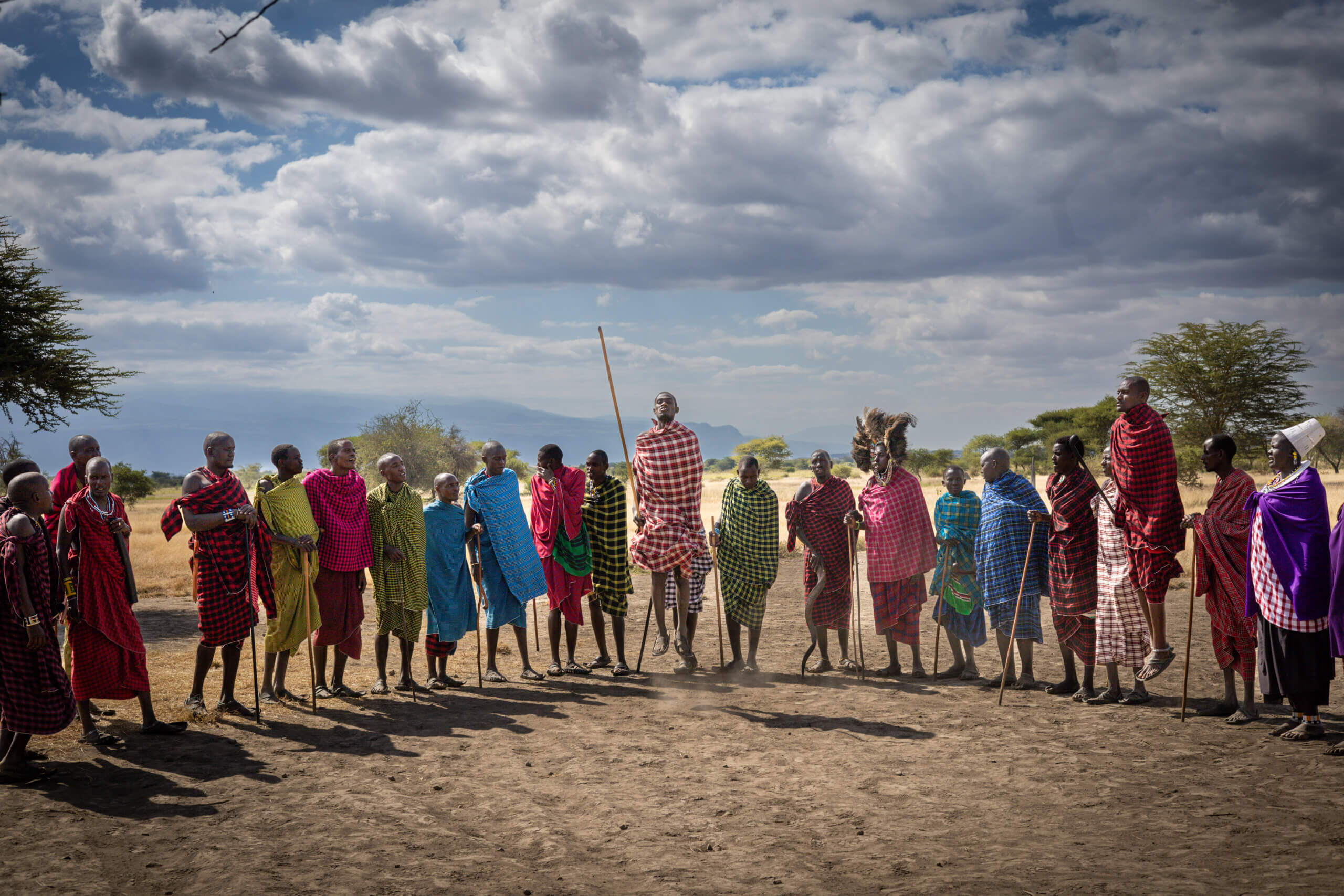
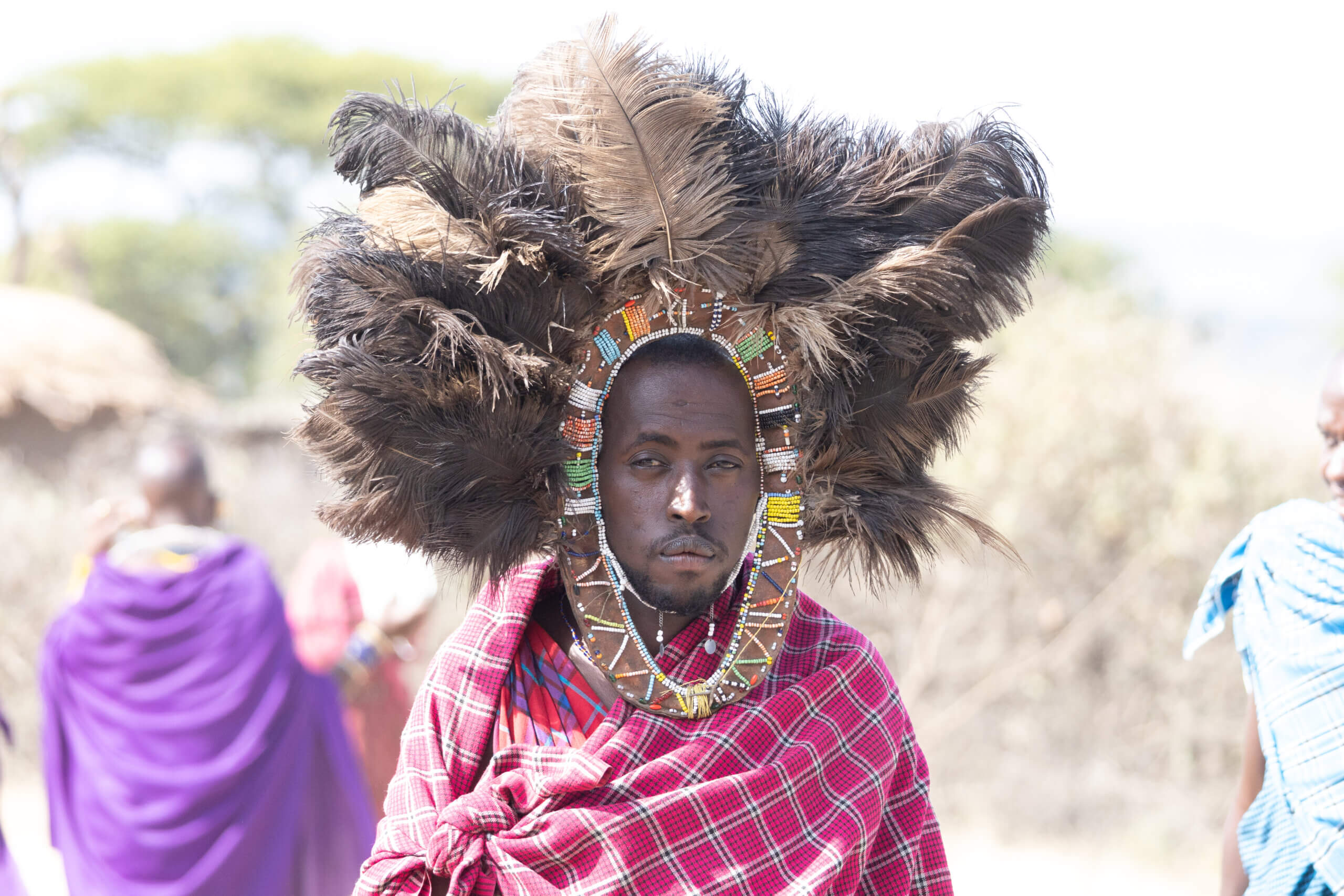
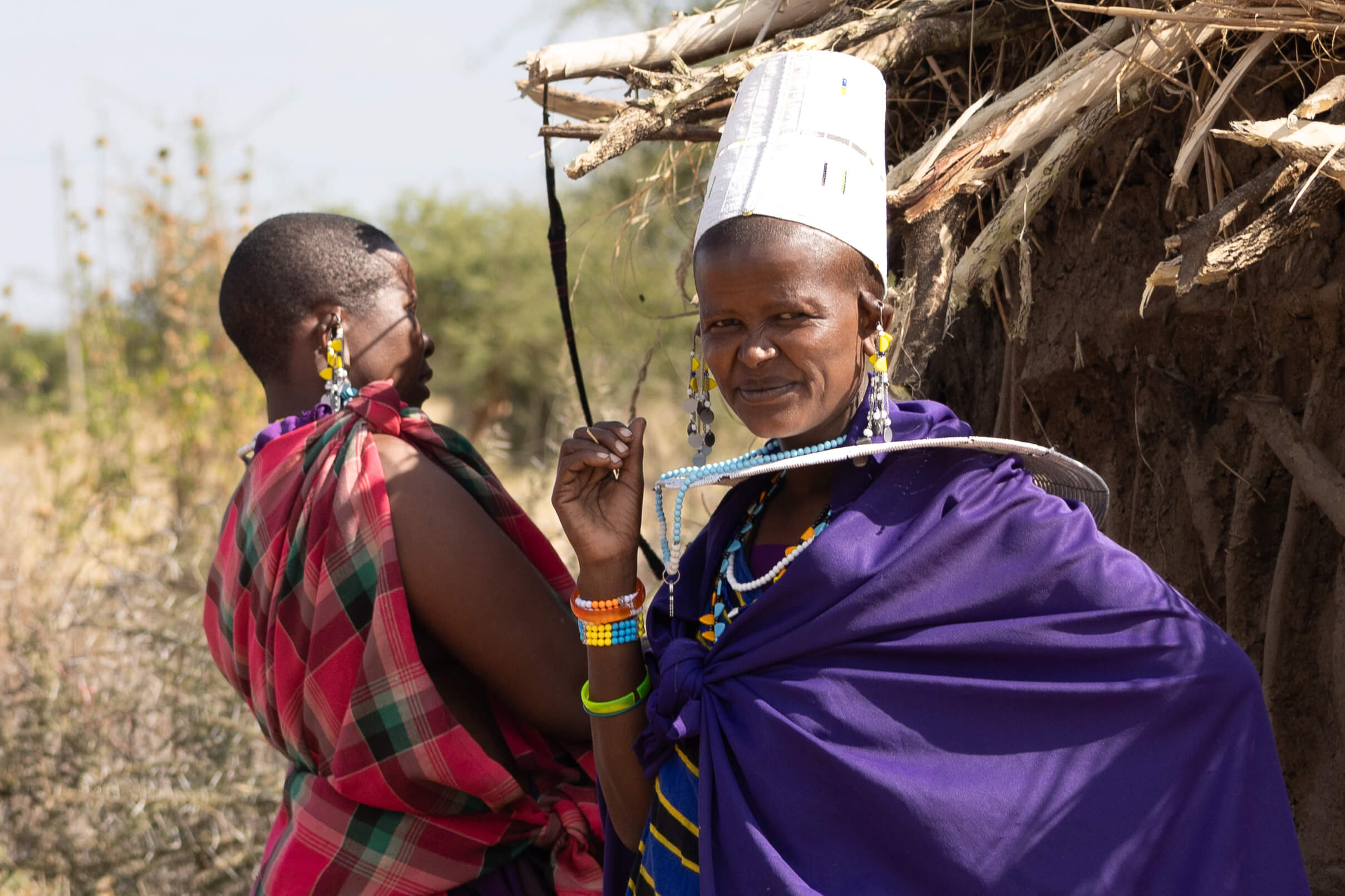
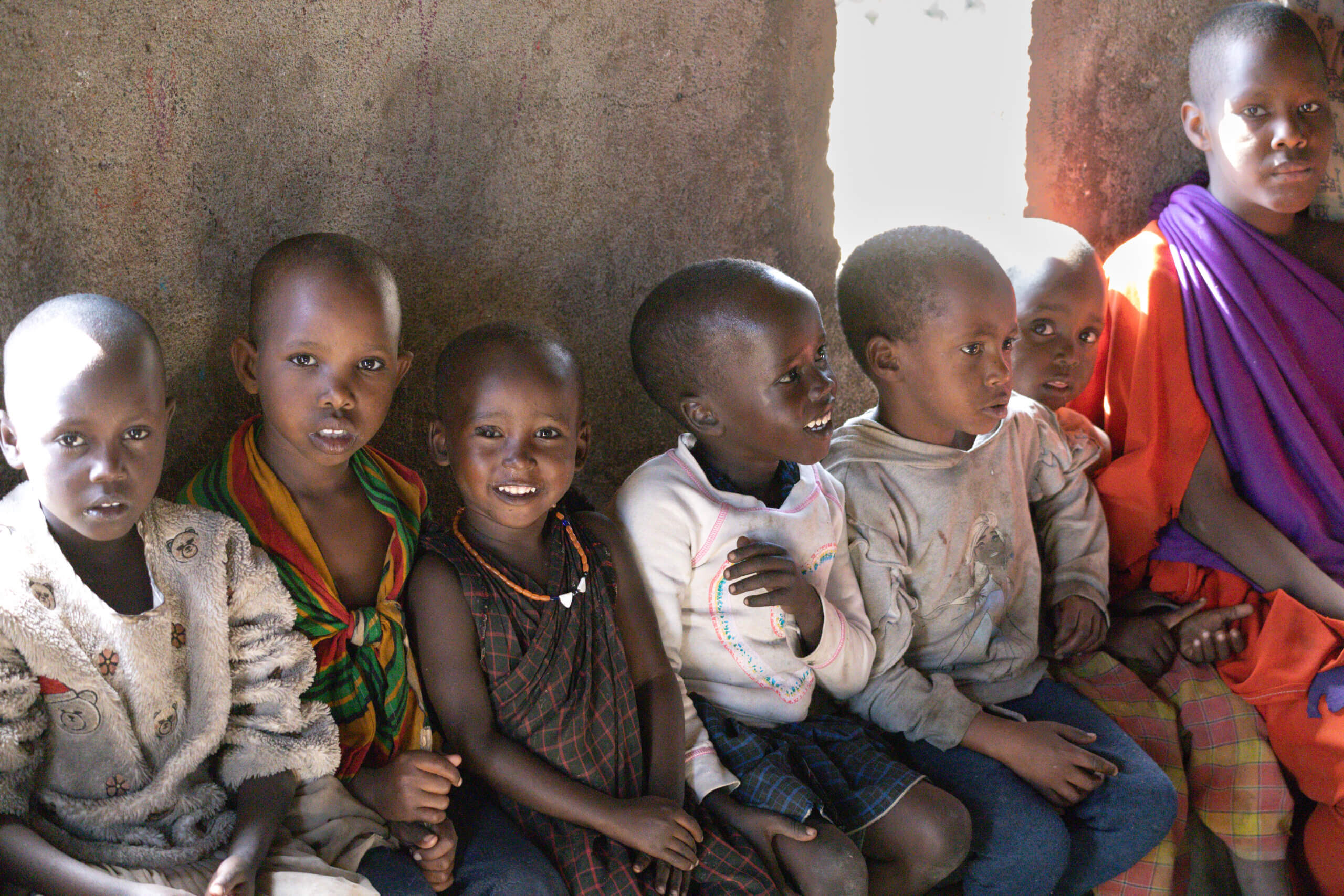
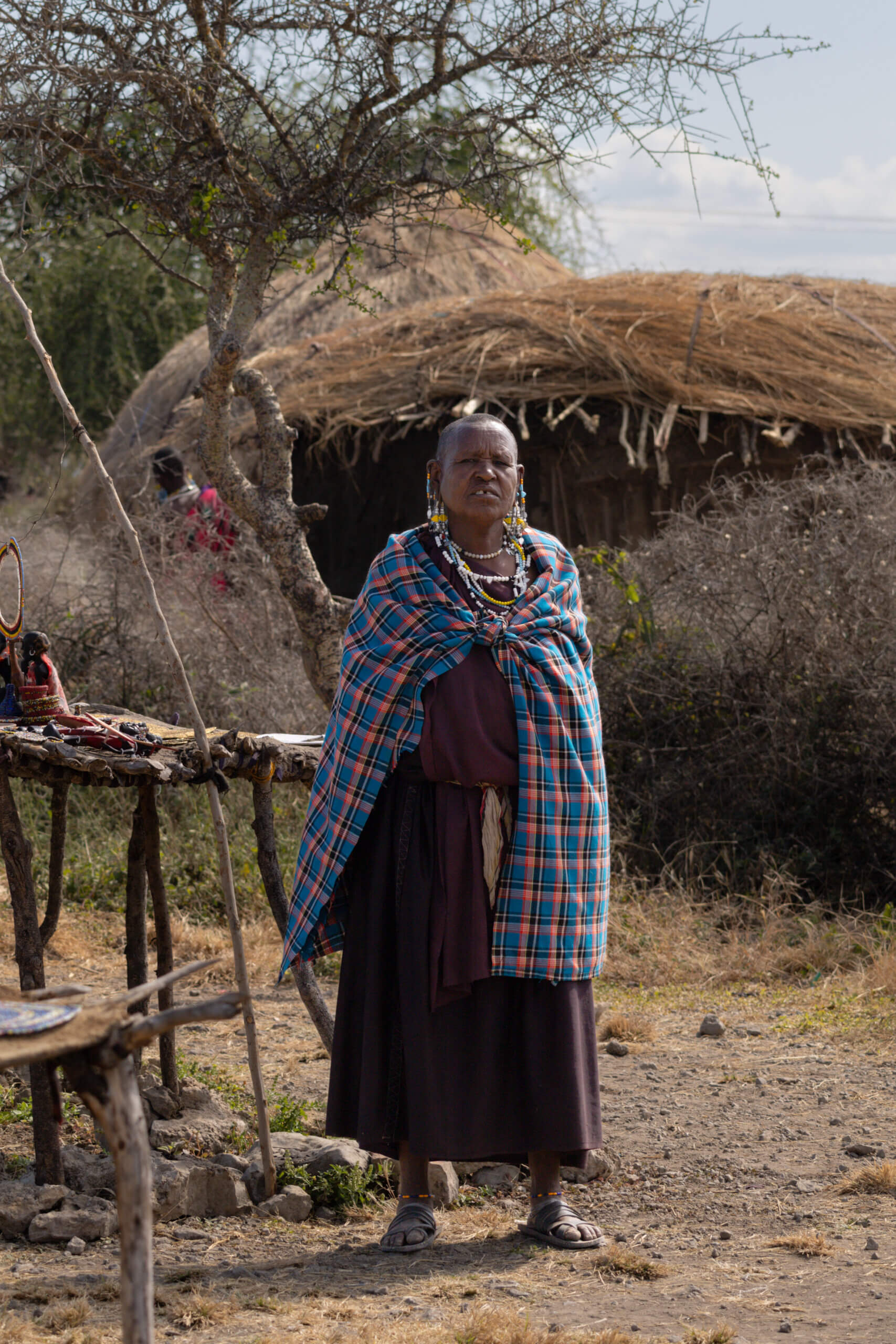
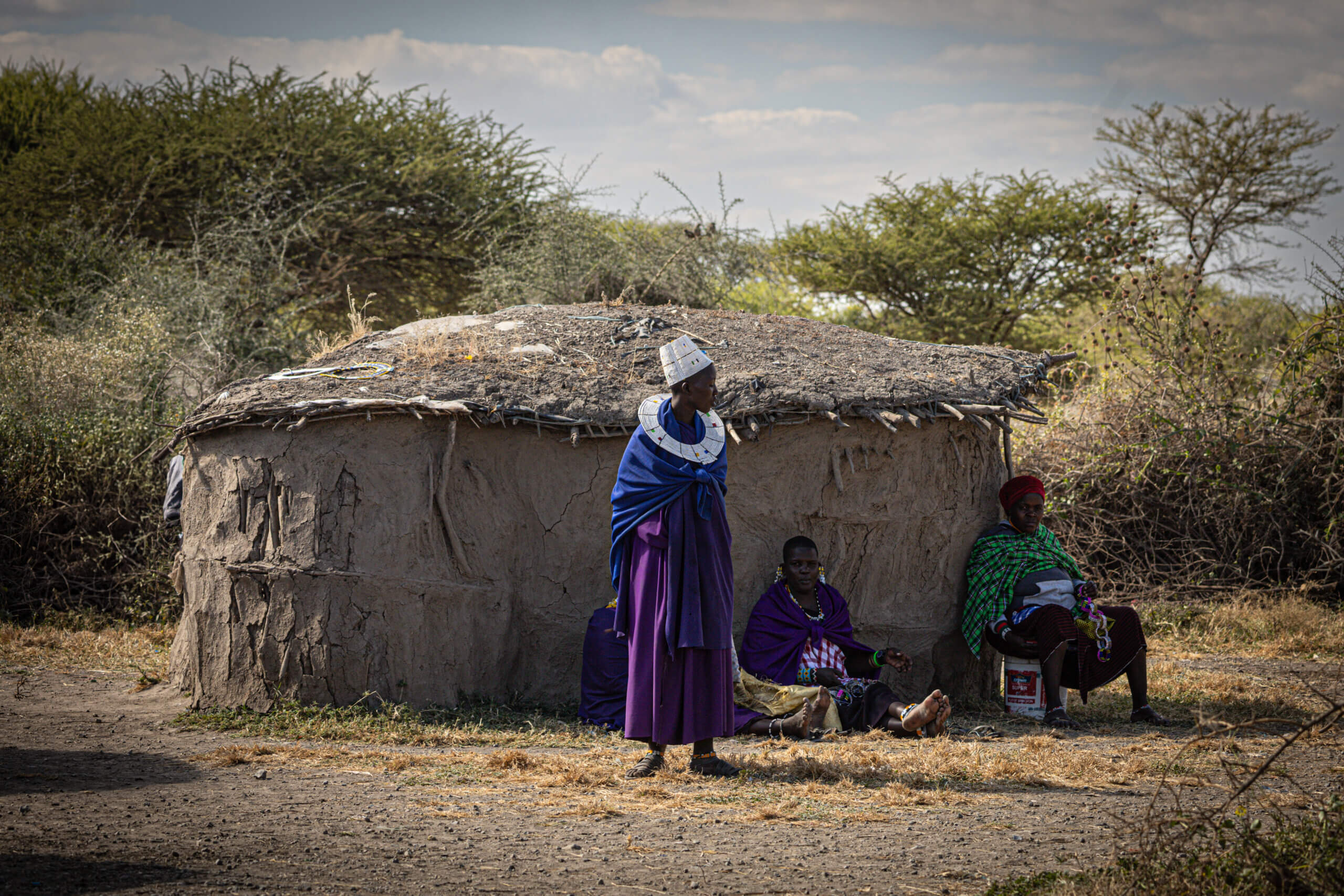
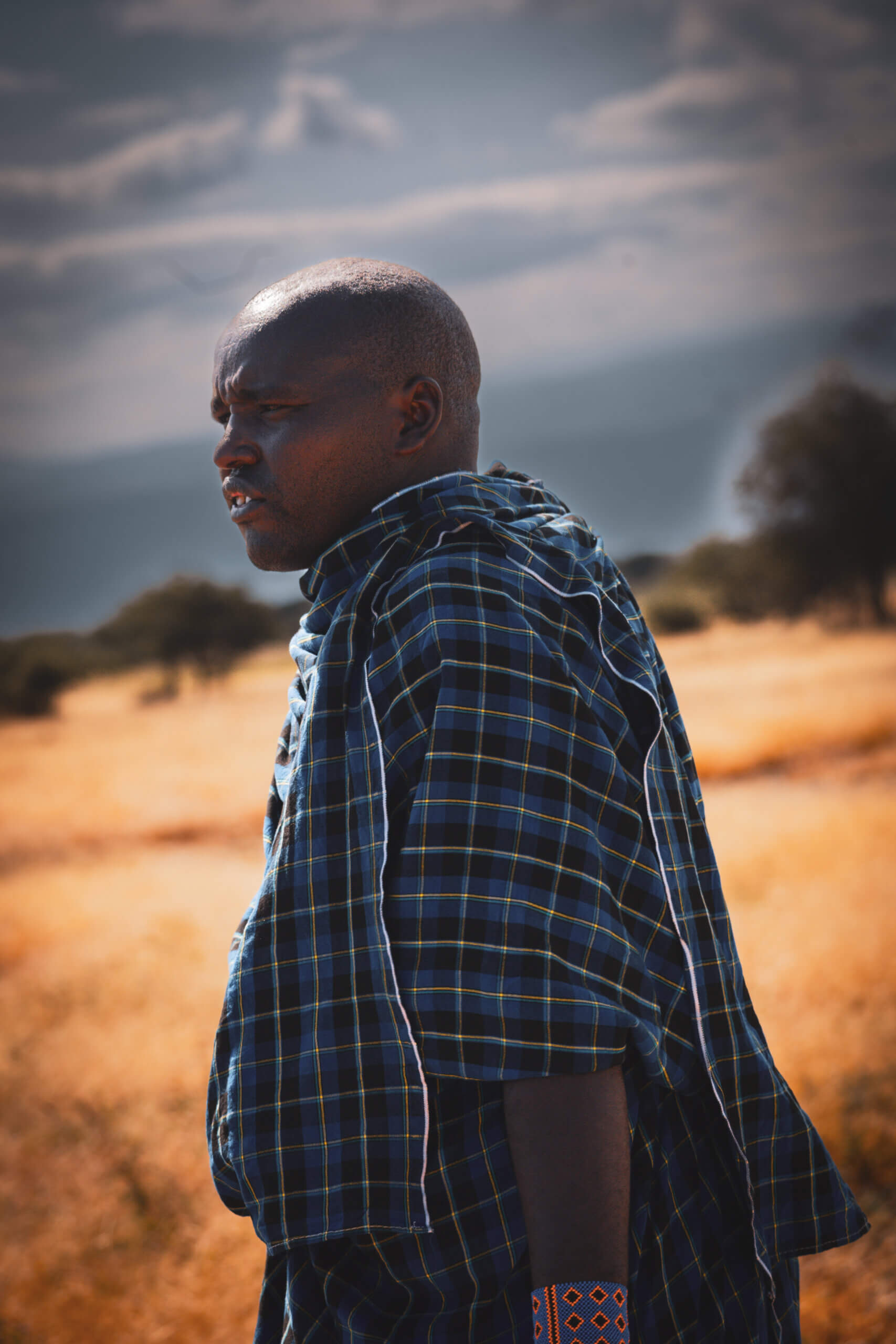

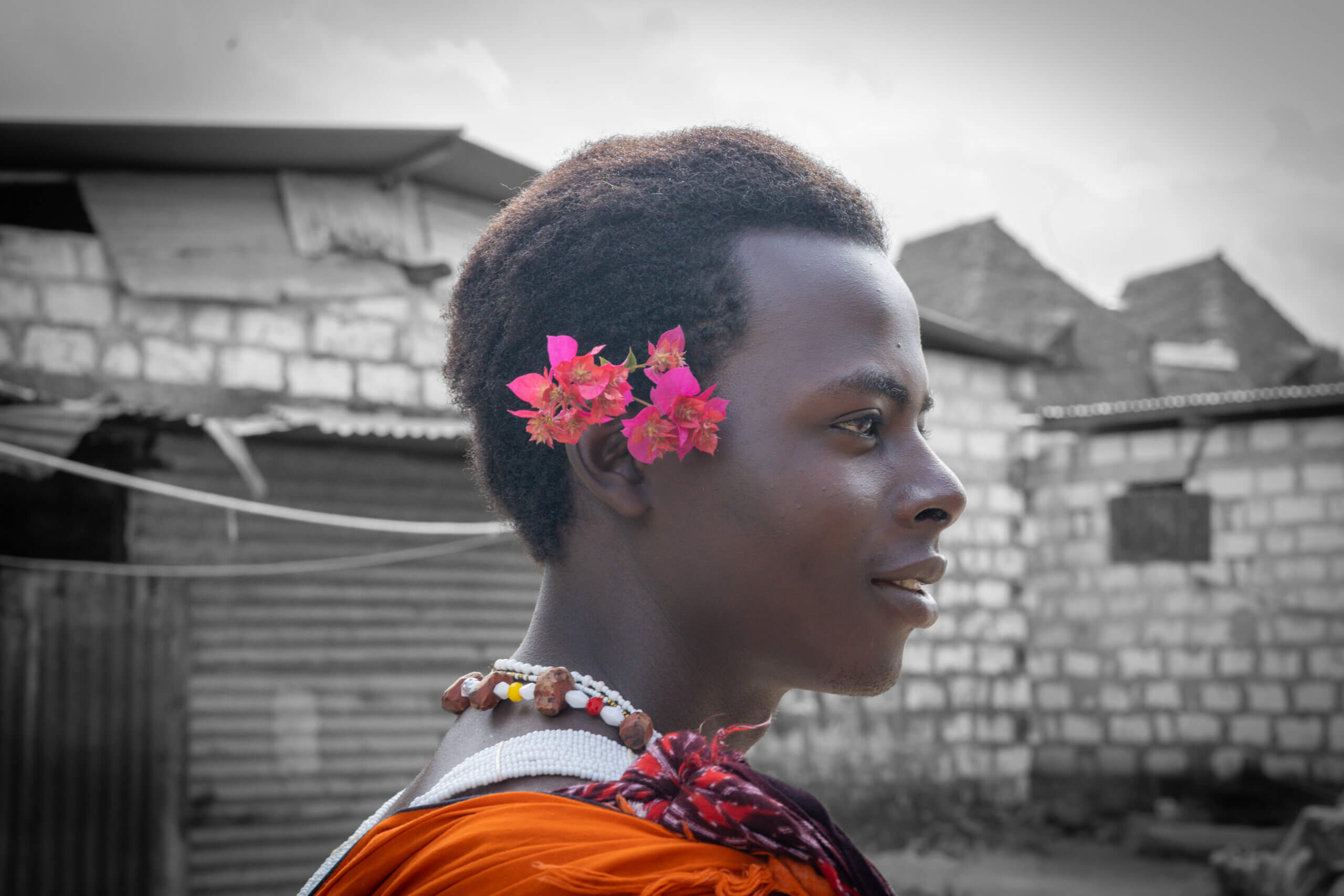




0 Comments